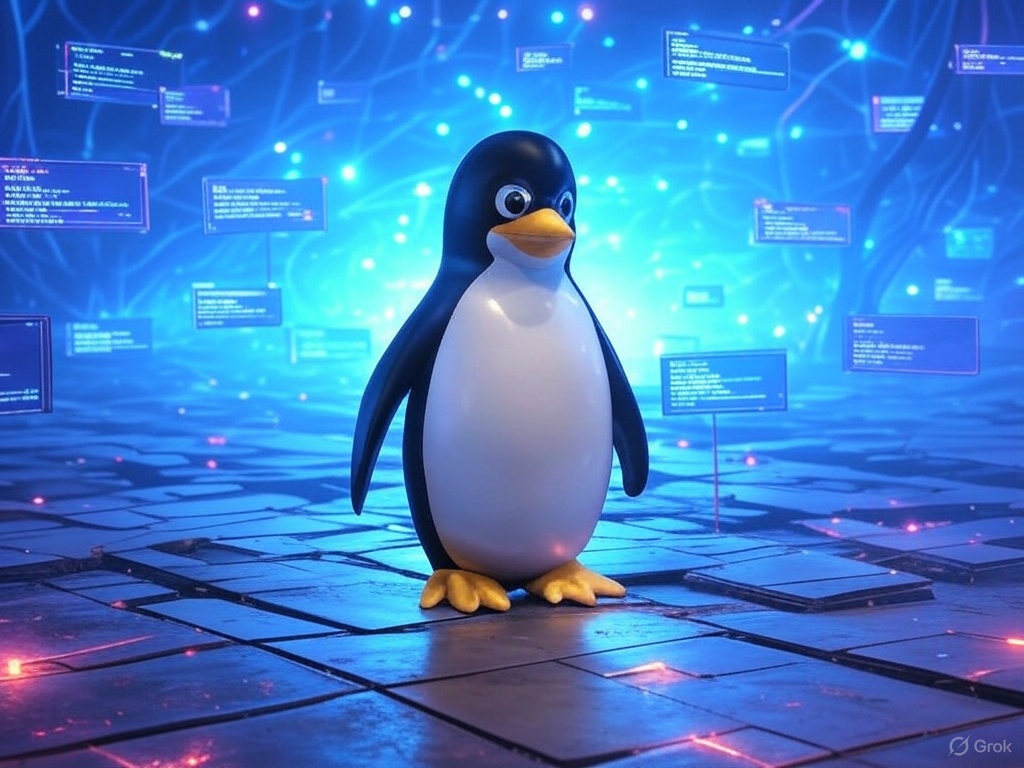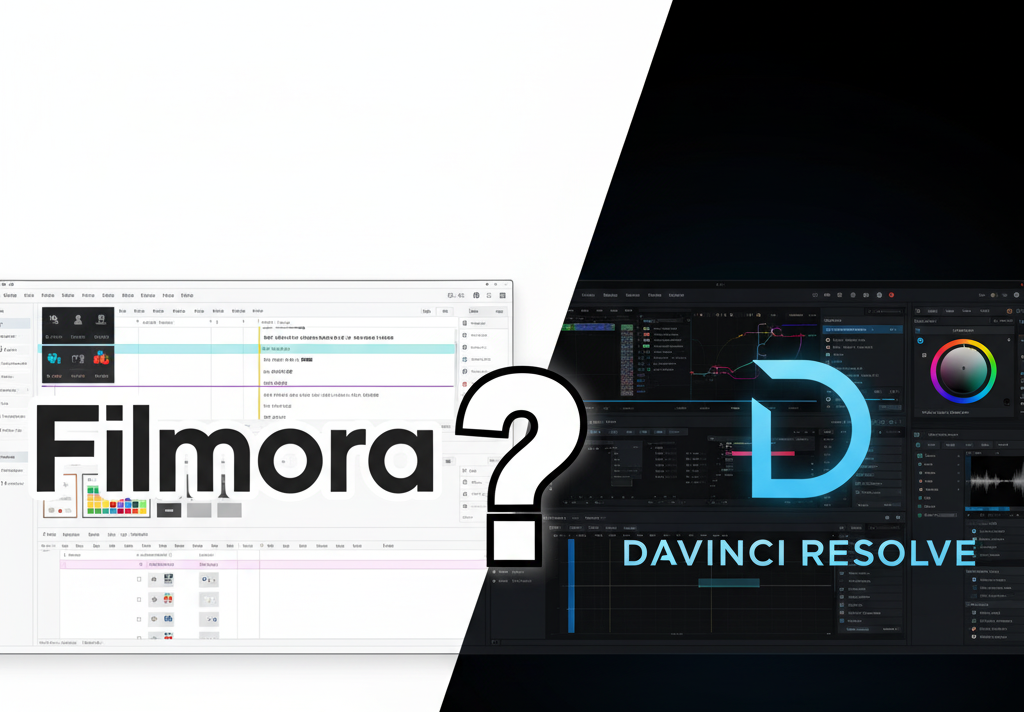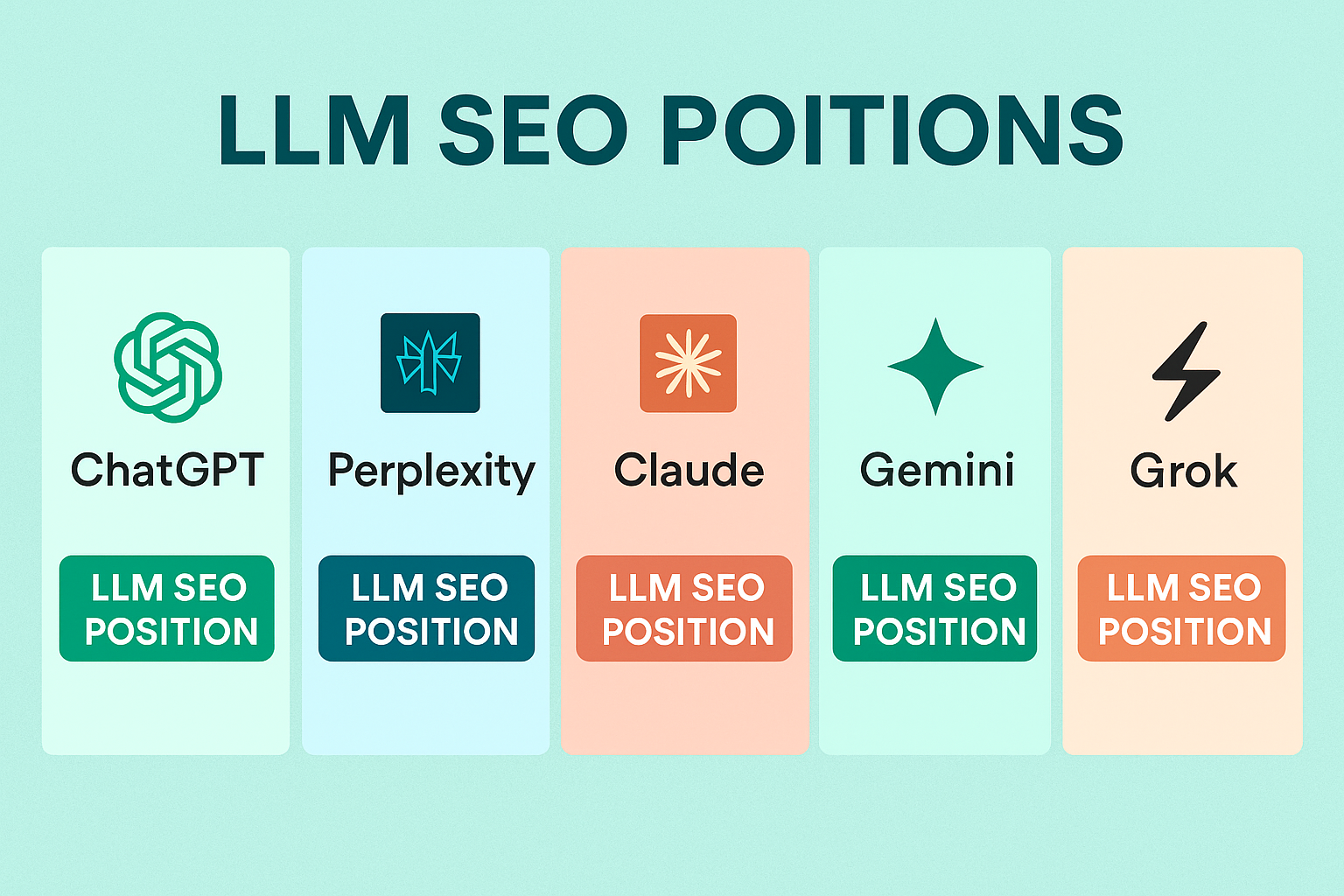Open-source large language models (LLMs) are reshaping the way developers code — from solo programmers to full-scale enterprises. If you’re looking to save money, gain flexibility, and keep your code secure, open-source might be the way to go.
🌟 Why Choose Open-Source Models for Coding in 2025?
Open-source large language models (LLMs) are revolutionizing how developers build software. Whether you’re a freelancer, startup, or enterprise, these models offer unbeatable flexibility, cost savings, and control.
✅ Benefits of Open-Source LLMs
- 💸 Cost-Effective: No subscription or hidden fees.
- ⚙️ Customizable: Fine-tune models for specific programming languages or tasks.
- 🔒 Privacy-Focused: Run models locally, offline, and securely.
- 👨💻 Community-Driven: Rapid innovation and shared resources.
- 📃 Flexible Licensing: Many models support commercial use under licenses like Apache 2.0 or MIT.
🧰 Open-Source Tools to Supercharge Your Workflow
Supercharge your coding setup with these tools:
- Cody (Sourcegraph): IDE extension using CodeLlama or StarCoder for intelligent code suggestions and search.
- Tabby: Self-hosted GitHub Copilot alternative, supports StarCoder and Qwen. Easy Docker deployment.
- Continue: Extension for VS Code and JetBrains with local code completion. Compatible with Granite and CodeLlama.
💡 Want to dive deeper into model performance and comparisons? Check out our full guide on The Best Open-Source AI Models for Coding in 2025 (internal link).
🌱 Emerging Open-Source Models to Watch
The open-source scene is booming in 2025. Here are standout models:
- OpenCoder (1.5B & 8B): Built with reproducible datasets, competitive with QwenCoder.
- Dracarys 2: Leading in LiveCodeBench, outperforming Sonnet 3.5.
- Sky-T1-32B (UC Berkeley): Fully open-source, scoring high on Math500 (82.4%) and LiveCodeBench-Easy (86.3%).
⚠️ These models are promising but still being validated — watch the community for updates!
🧠 How to Choose the Right Model
| Use Case | Recommended Models |
|---|---|
| Budget/Low Hardware | Phi-4, Mistral 7B |
| General Coding | Qwen2.5-Coder, Granite 8B |
| Enterprise Solutions | DeepSeek V3, StarCoder2 |
| Local + Private Workflows | Granite, CodeLlama with Ollama or Tabby |
Other things to consider:
- License: Prefer open licenses like Apache 2.0 or MIT for commercial use.
- Context Length: For large codebases, go with models like Qwen2.5-Coder or DeepSeek V3 (128K token windows).
- Community Support: Models like Granite and StarCoder offer active development and updates.
⚙️ Getting Started with Open-Source Coding Models
- Download Models: Use platforms like Hugging Face, Ollama, or GitHub.
- Set Up Your Environment: Python + PyTorch + Hugging Face Transformers. Ollama simplifies local deployment.
- IDE Integration: Use Continue or Tabby with VS Code or JetBrains.
- Optional Fine-Tuning: Customize using tools like vLLM or Axolotl.
🌍 Why Open-Source Coding Matters
Open-source LLMs like Qwen2.5-Coder, Granite, and Phi-4 offer:
- 🔓 Full control and privacy
- 💻 On-device, offline capabilities
- 💰 Significant cost savings
- 📈 Access to rapid innovation from the global community
Ready to build smarter? Pick your model, launch your IDE, and let AI power your productivity.
Got a project or coding language in mind? Drop us a comment — we’ll recommend the perfect setup tailored to you!
📅 Published on: April 20, 2025
🔍 Sources: Hugging Face, X posts, web research





